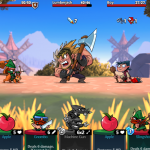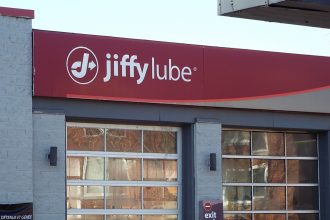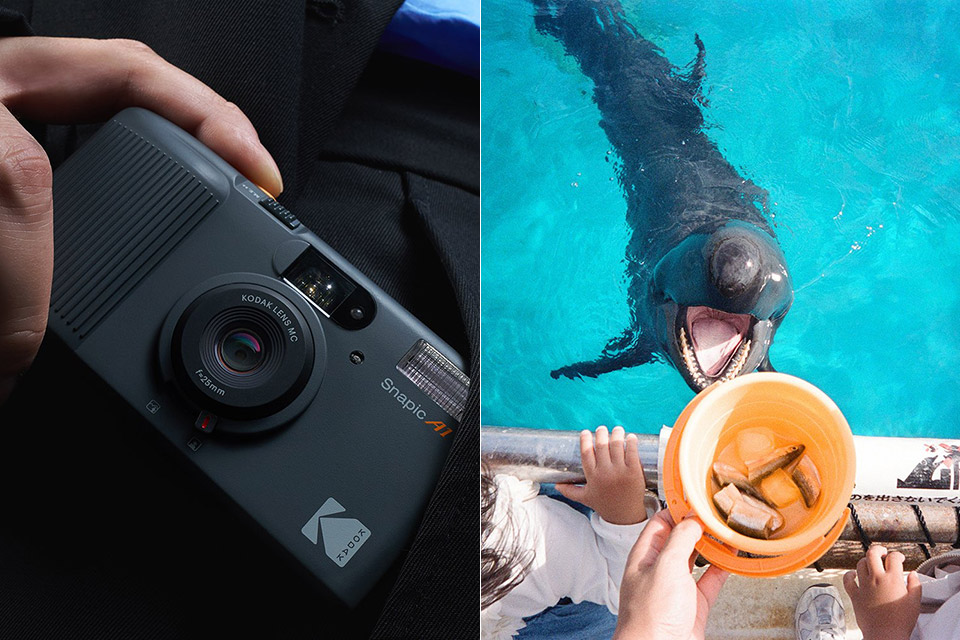
Kodak is still trying to get us back to the click of a real shutter. The Snapic A1 is the latest addition to their affordable film camera series, made by Hong Kong’s Reto team under the iconic yellow logo. It was announced this week and is a retro 1970s pocket camera with a 1990s point-and-shoot design. For $99, this 35mm compact fits in a coat pocket and begs to be taken out for the day to capture images with warmth that digital files rarely achieve.
https://www.youtube.com/watch?v=_UVFdmG6tWk
Reto calls the Snapic A1 their most complete film camera yet, with a glass lens and autofocus in a body smaller than a deck of cards. You put in a roll of 35mm film and it takes over: auto advance after each frame, auto rewind when you’re done, and even auto load to eliminate the hassle of threading. Two AAA batteries will power about 10 rolls of 24 exposures each so you can grab a few packs without worrying about recharging in the middle of a walk. It weighs 117g without film or batteries, making you forget it’s even attached to the strap.
Available in Rhino Grey and Ivory White colors, it boasts a smooth plastic body that feels substantial without adding bulk. The A1 measures just 118 x 62 x 35mm, so it can nestle up against a phone or wallet without issue. A yellow shutter button sits up front, easily accessible in low light, flanked by a mode switch and a separate double exposure lever. Flip the lever and the camera overlays two frames on one, so you can combine light from separate occasions to create those hazy mixed images that make you want to linger over prints.
https://www.youtube.com/watch?v=u9zN51-9JG0
A small OLED panel at the top shows the battery level, remaining images on the roll and your focus choices. No menus or app pairing required, just look and shoot. Around back is a tiny optical viewfinder that frames your scene, small but clear enough to see the globe in. The flash is built-in, a xenon unit with an 8 guide number that fires automatically in low light or can be turned off by pressing the side button. Red-eye mode is available for portraits and the flash does great even on double shots, firing twice without missing a beat.
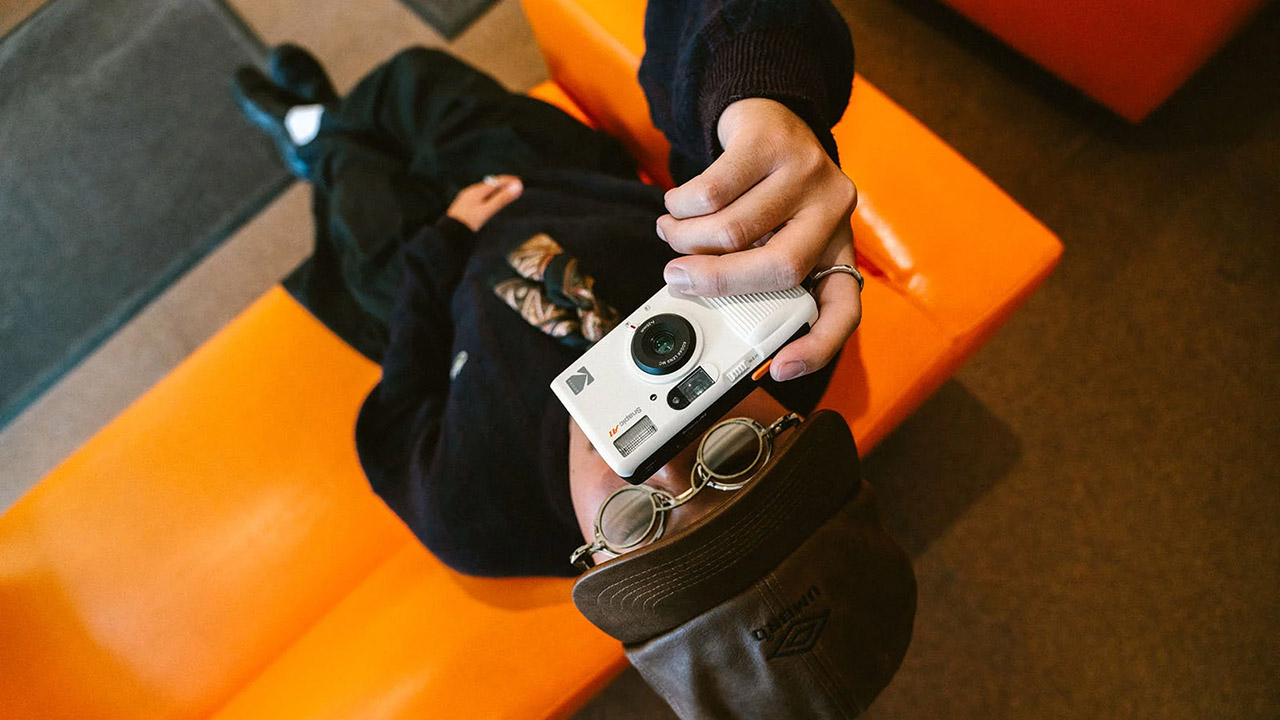
Focus is simple with only two zones: one for everything from 1.5m to infinity (city streets or landscapes) and one for close up portraits of people’s faces. To switch between them just dial in the mode and the 25mm three element glass lens will do the rest. The fixed f/9.5 aperture and 1/100 second shutter essentially does the exposure for you, relying on the light in the scene to do the work.
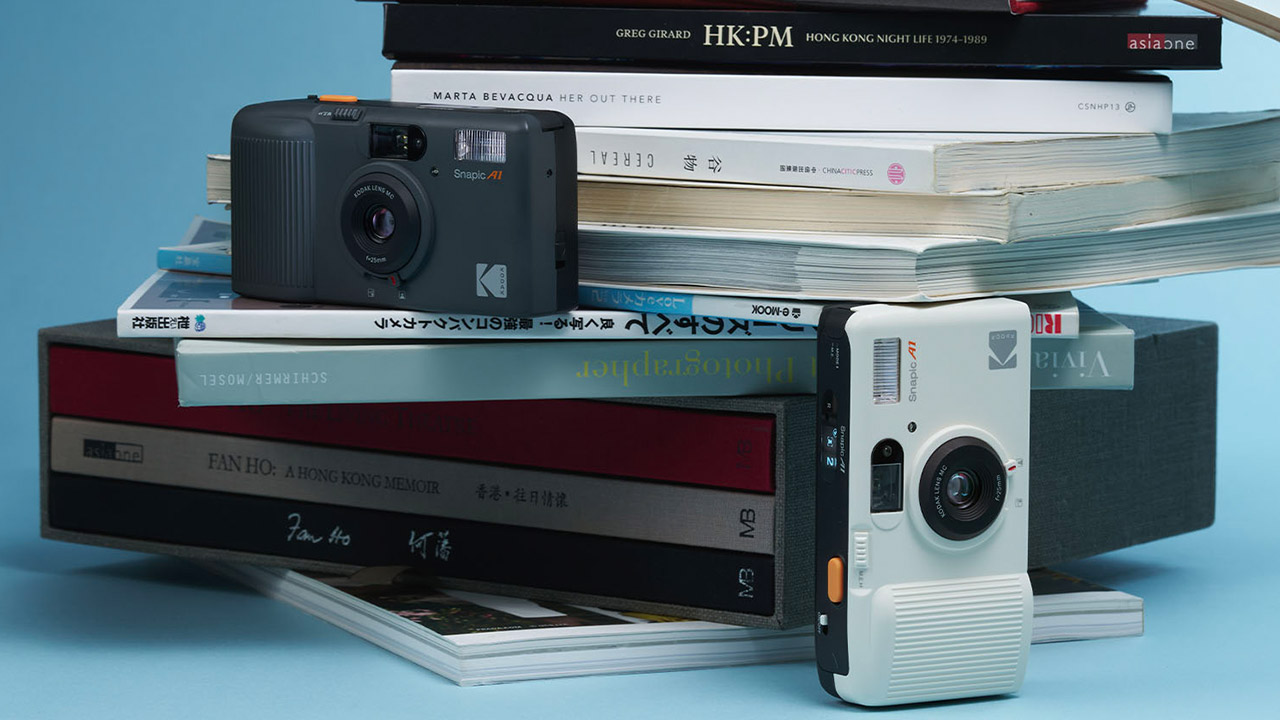
Double exposures are where things get interesting; just flip the front switch, shoot a frame of traffic going by, pause for a second and then nail a second layer of branches above. Layering shadows can add a lot of depth to your B&W shots and when shooting color it can turn a boring beach bungalow into a sun-kissed dream. The camera limits you to two exposures per shot, which is actually a good thing because it prevents you from getting carried away.

For everyday use, the battery life is consistent, a month or more with two AAAs. Rewinding is super smooth, either a little drag or a bit more power if needed for a tough rescue. No hot shoe to mess things up so the design is clean and simple and the price is right. Reto has added to Kodak’s film history and added a bunch of useful features that turn a point and shoot into one you’ll grab every time.
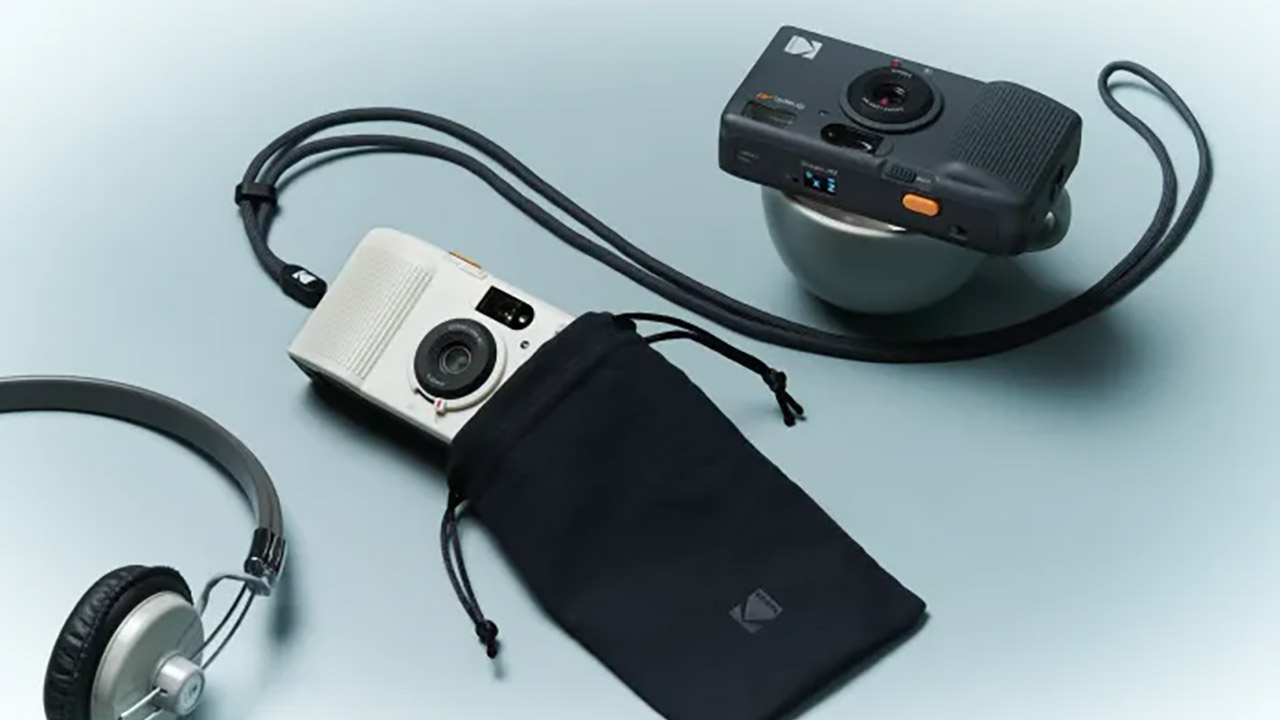
Flash options help with that everyday dependability. The camera’s auto mode just reads the room and determines when to fire, which saves batteries on bright days. If you prefer more control, you can manually override it for silhouettes against the light or turn it off when photographing indoors. In group pictures, the red-eye light and pre-flashes serve to keep the pupils narrow.

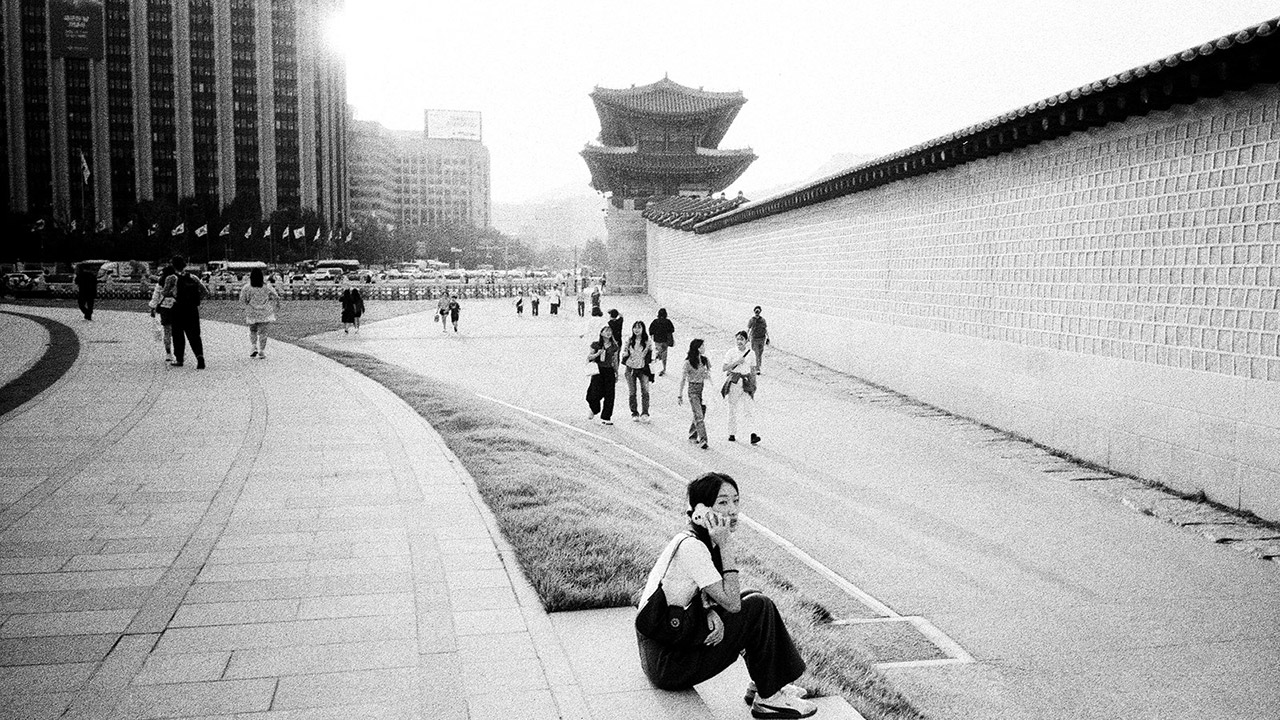


The fixed shutter and brighter films, such as ISO 200 or 400, cover the majority of outings, and if you need to push the boat out a little, 800 handles indoor shots with ease. All this and more for just $99. The simplistic design is also a winner; whether you choose grey and urban life or white and seaside, the absence of clutter from knobs and screens keeps the camera looking clean and straightforward. Plus, shipping begins in early December.
[Source]

